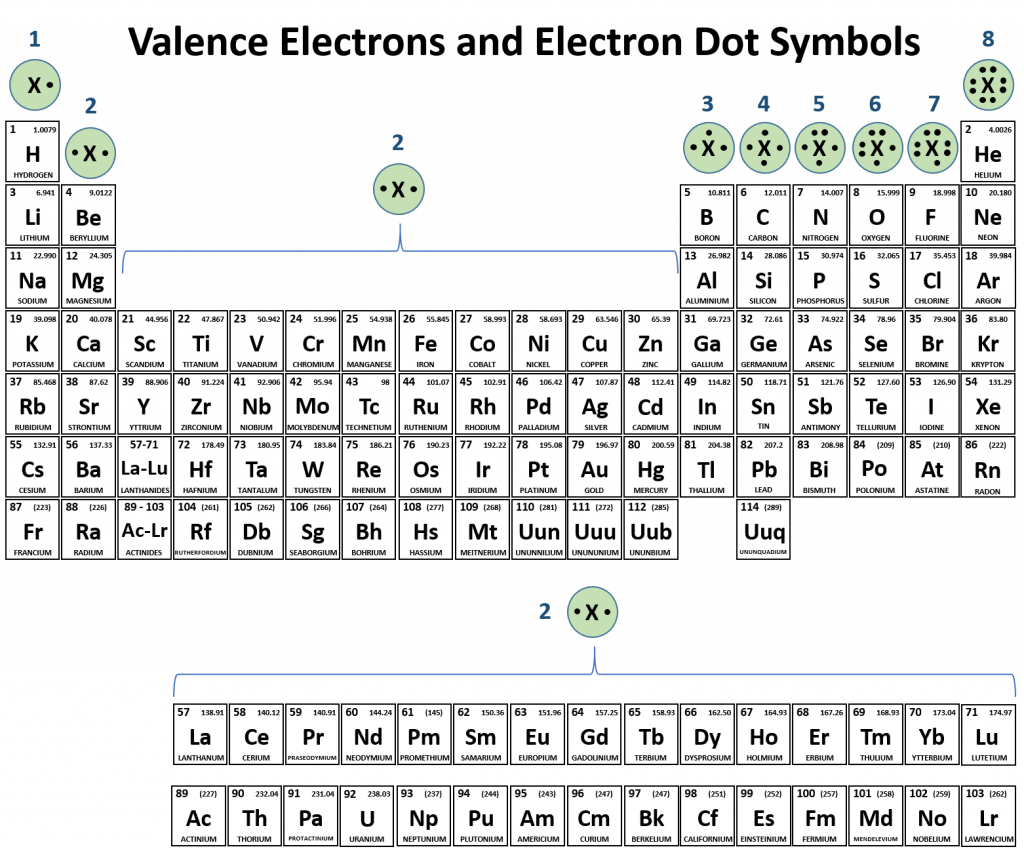Which Group Tends Not To Form Ions Or React
Which Group Tends Not To Form Ions Or React - Web four major factors affect reactivity of metals: Click the card to flip 👆. Magnesium and nitrogen react to form an ionic compound. Web based on the concept of periodic trends, answer the following questions for these atoms: Nuclear charge, atomic radius, shielding effect and sublevel arrangement. Which group tends to form 1+ ions? Click the card to flip 👆. Be able to defend your. Web conversely, elements in groups 17, 16, and 15 often react to gain one, two, and three electrons, respectively, to form ions such.
CH104 Chapter 3 Ions and Ionic Compounds Chemistry
Web conversely, elements in groups 17, 16, and 15 often react to gain one, two, and three electrons, respectively, to form ions such. Nuclear charge, atomic radius, shielding effect and sublevel arrangement. Web based on the concept of periodic trends, answer the following questions for these atoms: Click the card to flip 👆. Which group tends to form 1+ ions?
Solved Ions and the Periodic Table A main group metal tends
Click the card to flip 👆. Which group tends to form 1+ ions? Click the card to flip 👆. Web four major factors affect reactivity of metals: Magnesium and nitrogen react to form an ionic compound.
CH150 Chapter 3 Ions and Ionic Compounds Chemistry
Click the card to flip 👆. Click the card to flip 👆. Web conversely, elements in groups 17, 16, and 15 often react to gain one, two, and three electrons, respectively, to form ions such. Web based on the concept of periodic trends, answer the following questions for these atoms: Magnesium and nitrogen react to form an ionic compound.
Chapter 10.3 Naming Ionic Compounds Chemistry LibreTexts
Web conversely, elements in groups 17, 16, and 15 often react to gain one, two, and three electrons, respectively, to form ions such. Click the card to flip 👆. Web based on the concept of periodic trends, answer the following questions for these atoms: Nuclear charge, atomic radius, shielding effect and sublevel arrangement. Which group tends to form 1+ ions?
Ionic Compound Nomenclature Presentation Chemistry
Nuclear charge, atomic radius, shielding effect and sublevel arrangement. Web based on the concept of periodic trends, answer the following questions for these atoms: Web conversely, elements in groups 17, 16, and 15 often react to gain one, two, and three electrons, respectively, to form ions such. Click the card to flip 👆. Web four major factors affect reactivity of.
PPT Chapter 6 The Periodic Table PowerPoint Presentation, free download ID5955375
Web four major factors affect reactivity of metals: Nuclear charge, atomic radius, shielding effect and sublevel arrangement. Which group tends to form 1+ ions? Click the card to flip 👆. Magnesium and nitrogen react to form an ionic compound.
PPT Atoms, Molecules and Ions PowerPoint Presentation, free download ID2087812
Web based on the concept of periodic trends, answer the following questions for these atoms: Magnesium and nitrogen react to form an ionic compound. Nuclear charge, atomic radius, shielding effect and sublevel arrangement. Web four major factors affect reactivity of metals: Which group tends to form 1+ ions?
Molecular and Ionic Compounds Chemistry I
Web based on the concept of periodic trends, answer the following questions for these atoms: Magnesium and nitrogen react to form an ionic compound. Web four major factors affect reactivity of metals: Nuclear charge, atomic radius, shielding effect and sublevel arrangement. Which group tends to form 1+ ions?
CH150 Chapter 3 Ions and Ionic Compounds Chemistry
Web conversely, elements in groups 17, 16, and 15 often react to gain one, two, and three electrons, respectively, to form ions such. Magnesium and nitrogen react to form an ionic compound. Click the card to flip 👆. Click the card to flip 👆. Which group tends to form 1+ ions?
PPT The Representative Elements PowerPoint Presentation, free download ID2315939
Click the card to flip 👆. Web conversely, elements in groups 17, 16, and 15 often react to gain one, two, and three electrons, respectively, to form ions such. Magnesium and nitrogen react to form an ionic compound. Which group tends to form 1+ ions? Click the card to flip 👆.
Web conversely, elements in groups 17, 16, and 15 often react to gain one, two, and three electrons, respectively, to form ions such. Web four major factors affect reactivity of metals: Click the card to flip 👆. Click the card to flip 👆. Web based on the concept of periodic trends, answer the following questions for these atoms: Nuclear charge, atomic radius, shielding effect and sublevel arrangement. Be able to defend your. Magnesium and nitrogen react to form an ionic compound. Which group tends to form 1+ ions?
Click The Card To Flip 👆.
Web conversely, elements in groups 17, 16, and 15 often react to gain one, two, and three electrons, respectively, to form ions such. Which group tends to form 1+ ions? Nuclear charge, atomic radius, shielding effect and sublevel arrangement. Be able to defend your.
Web Four Major Factors Affect Reactivity Of Metals:
Click the card to flip 👆. Magnesium and nitrogen react to form an ionic compound. Web based on the concept of periodic trends, answer the following questions for these atoms:





.PNG)




